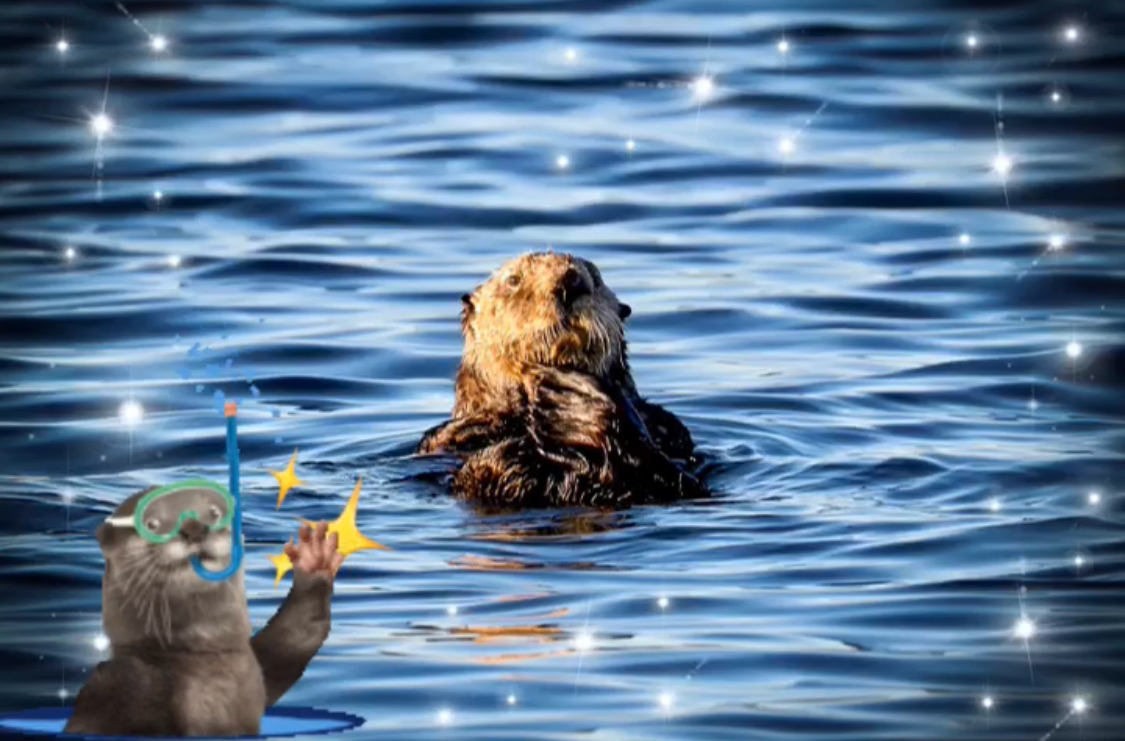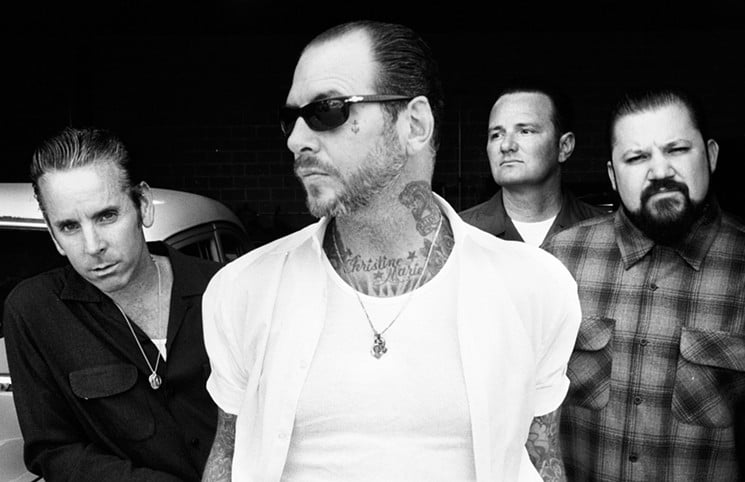Sea otters may be the internet's new cats. But while the aquatic Enhydras are peak adorable and rival their feline counterparts for internet space, they are also critical as a keystone species for our marine ecosystems. This is why September 23 through 29 has been...




